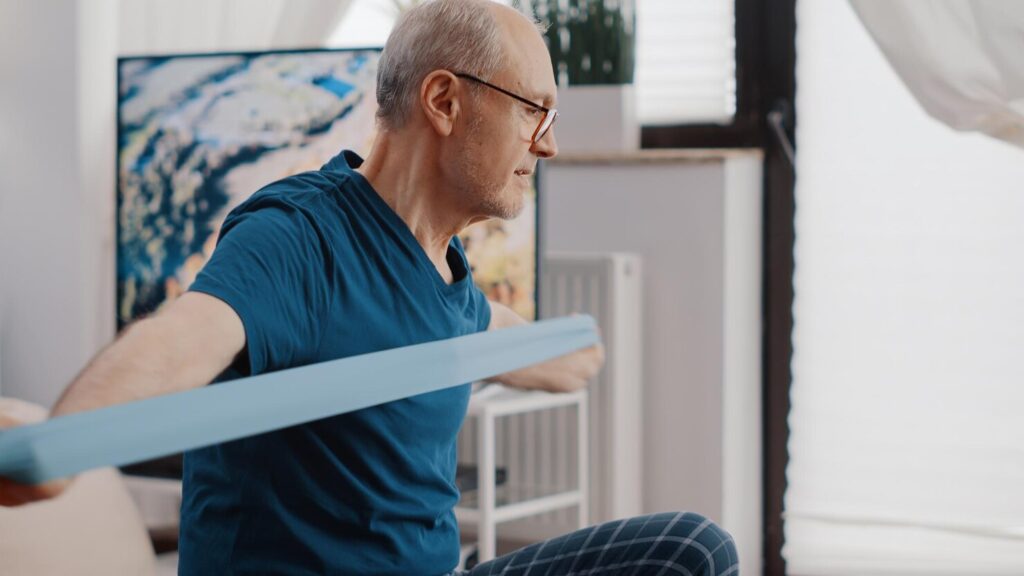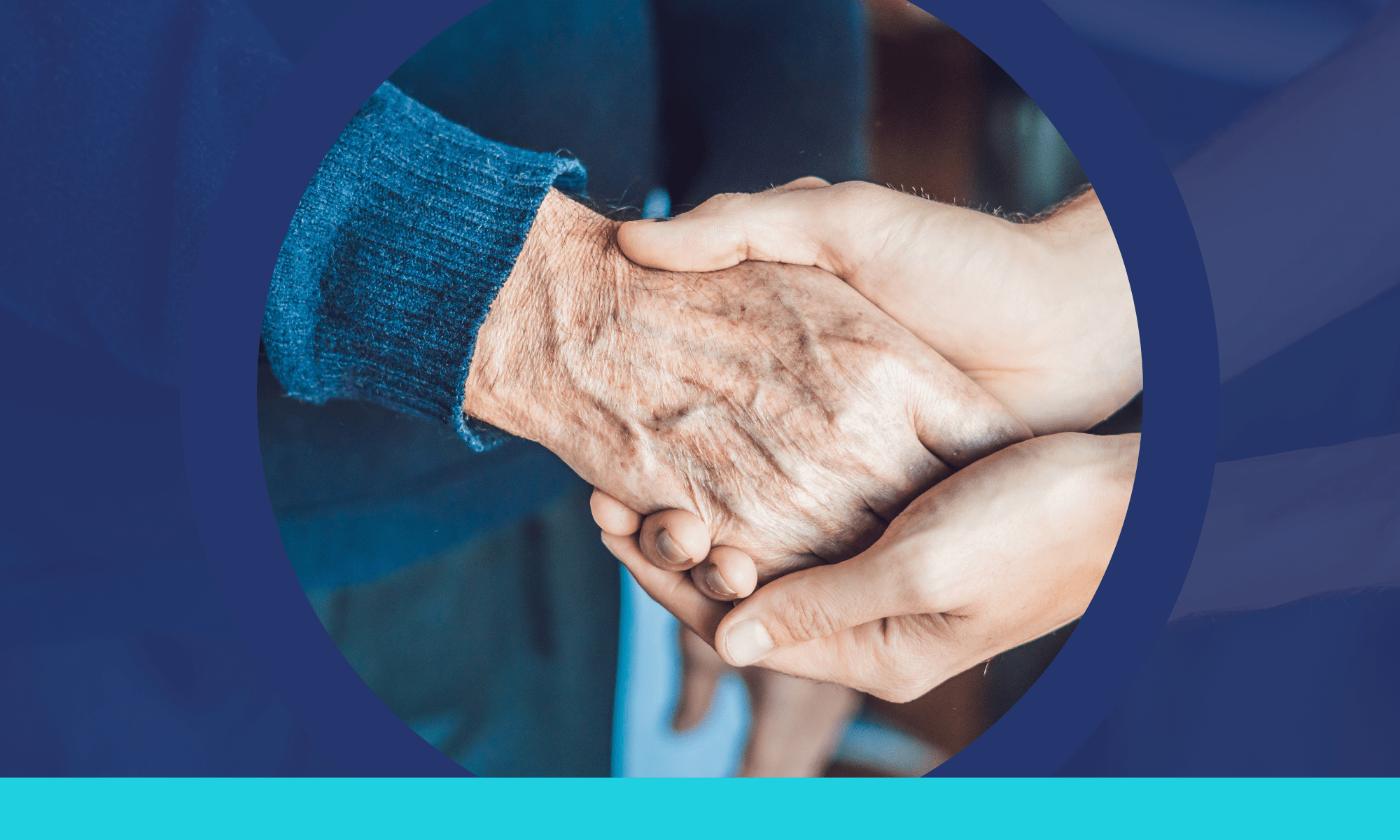The Benefits of Occupational Therapy for Fall Prevention
Falls can be a significant health hazard for aging adults and even younger individuals with a disability or with medical needs. Occupational therapy interventions have been proven to reduce the frequency of falls and improve overall safety by teaching strategies that build physical and cognitive capabilities, enabling individuals to live more independently at home. The benefits of occupational therapy for fall prevention are numerous and are vital in keeping your loved one safe at home.
Did You Know?
Well-designed exercise programmes can reduce the rate of falls by 23 percent and reduce the number of people experiencing one or more falls by 15 percent.

Comprehensive assessment
Occupational therapists conduct comprehensive assessments to identify an individual’s specific fall risk factors. They evaluate physical abilities, balance, coordination, sensory functions, cognitive skills, and the home environment to determine the areas that require intervention. Comprehensive assessment plays a crucial role in determining the specific needs and goals of individuals. Some key aspects of the comprehensive assessment process are:
Enhancing strength and balance
Occupational therapists use exercises and activities to improve an individual’s strength, balance, and coordination. They focus on improving muscle strength, flexibility, and postural control to enhance overall stability and reduce the risk of falls. The key aspects of this process are:
Home modifications:
Occupational therapists assess the individual’s home environment and recommend modifications to reduce fall hazards. This may include rearranging furniture, removing obstacles, improving lighting, installing grab bars and handrails, and making the bathroom safer. These modifications create a safer living space and reduce the risk of falls. This process includes:
Isaac Care’s Assistive Services:
• We provide the right care by providing the tools and support people need to access high quality care from the comfort of their own homes.
• The Isaac fall alarm is connected to our free family caring app, Isaac Care.
• The Isaac Care app is specifically designed around “circles of care”, groups of people involved in the persons’ care. Each circle of care is kept up to date with instant in-app notifications.
• The app sends out an instant notification of any fall/SOS alert to the relevant circle of care, while the fall alarm itself initiates a phone call to the designated emergency contact.
• It allows the right care to be delivered in the right place, at the right time, providing invaluable peace of mind.
Occupational therapy can be an incredibly useful tool to target fall prevention. It is an effective and creative way to help those who are most at risk of injuries from falls. Investing in occupational therapy is a worthwhile measure that can lead to better health outcomes for those who have an increased risk of falling. Taking action using the many different approaches above can go a long way in keeping everyone safe, secure, and as independent as possible.
Get in Touch
Our dedicated team are on hand to assist you in any way. Contact us on (042) 936 8391 or fill in your details in the contact form and one of our team will be in touch.















